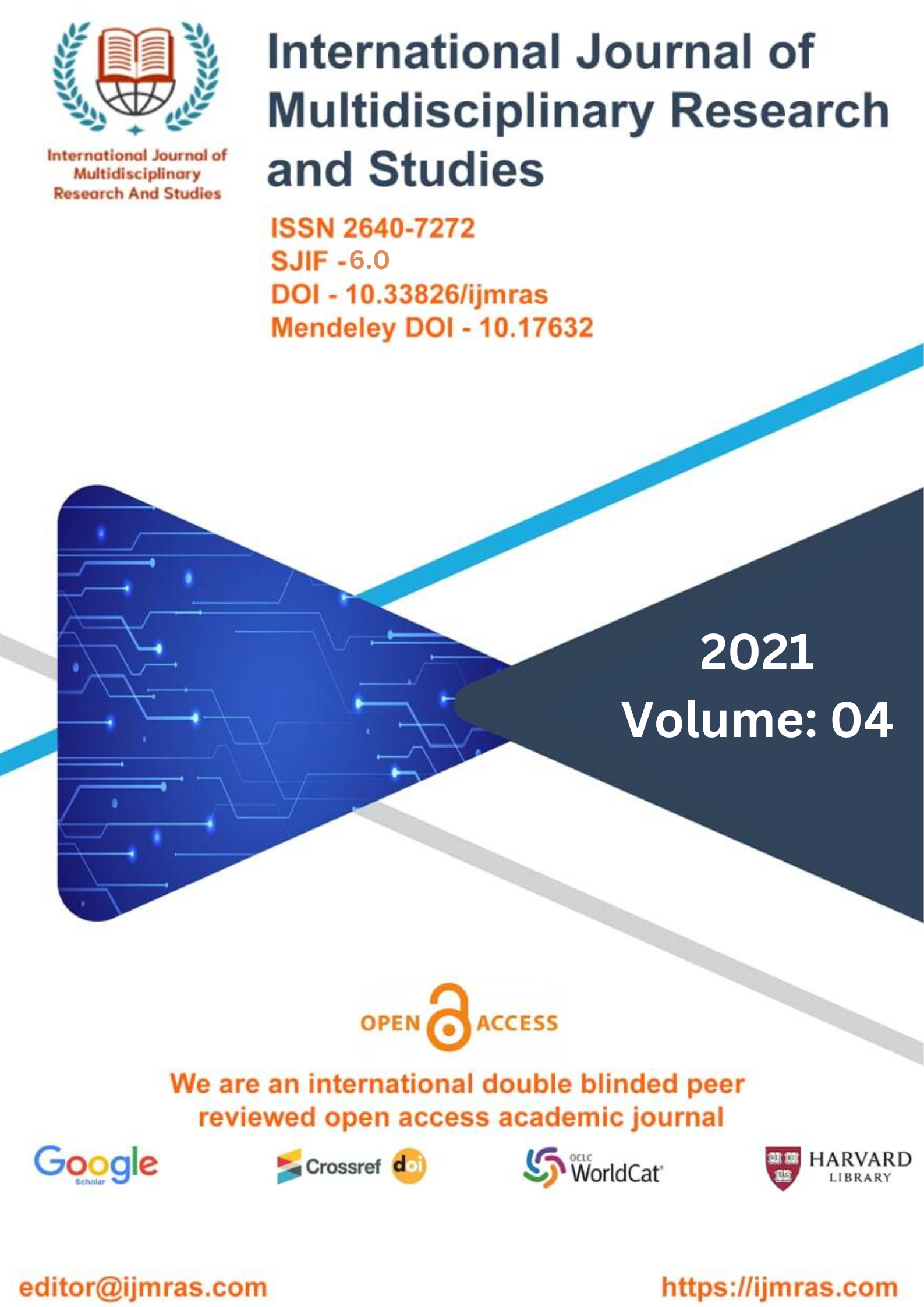FACULTY E-RESOURCES USE: A COMPARATIVE STUDY

Abstract
The library is always regarded as the organization's information hub, regardless of the type of organisation. The fulfilment of the requirements of the library's patrons is the primary function of the library. Libraries, regardless of whether they are academic, public, school, or special, are institutions that serve their patrons by providing a variety of services and facilities. The provision of informational services to patrons is one of the primary functions of libraries, which are viewed as service institutions. As such, library activities are geared toward meeting the requirements of patrons; this is because, in a service centre, the satisfaction of customers is the primary focus. The quality of the services and amenities provided to users has the greatest impact on the degree to which they are satisfied with their experience and can assist users with educational processes.
Keywords
Faculty, E-Resources, educational processesHow to Cite
References
Adeyemi,A.(2004).ResearchandTeaching:BeyondtheDivide.London:Palgrave.
Agarwal,J.N.(1954).LibrariesinAncientIndia.IndianLibrarian8.4:141.
Ali,Muzaffar.(1967).IndianUniversityLibraryDevelopment.ProgressofLibraries in Free India.Ed. N. B. Sen. New Delhi: New Book Societyof India,182.
Asghar, Mahe B., Farzana Sahfique .(2012). Service evaluation in special librariesofBahawalpur:AcomparativestudyofGCT,QMCandUCET.Library Philosophy and Practice (e-journal). Libraries at University ofNebraska- Linkoln.http://digitalcommons.unl.edu/libphilprac.
Ayo,C.K.(2001).InformationTechnology:TrendsandApplicationinScienceandBusiness.Lagos: Concept Publications
Bashiruddin, S. (1967). University Libraries since Independence, Cultural Forum,9, 40.
Bell, K., Glover, S. W., Brodie, C., Roberts, A. and Gleghorn, C. (2009). Theimpact of library services in primary care trusts in NHS North WestEngland:alarge-scaleretrospectivequantitativestudyofonlineresource usage in relation to types of service. Health Information &LibrariesJournal,26, 136–142.
Bellary, Ravi N. (2012). Dependency on digital resources of management studentsand faculty members in Chetana’s R.K. Institute of Management &Research,Mumbai.InternationalJournalofInformationDisseminationand Technology. 2(4), 11-15.
Black, C. andBury, R.(2004). Allfor one, onefor all:collaboration betweenNHSandHigherEducationinestablishingprovisionofamulti-disciplinary, hospital-based library and information services.HealthInformation&Libraries Journal,21,39–45.
Bley, R. (2008) Library systems in the electronic era. Learned Publishing, 21,176–186.
Calogero, Guccio,Anna, Mignosa, Ilde, Rizzo. (2018). Are public state librariesefficient?AnempiricalassessmentusingnetworkDataEnvelopment Analysis,Socio-EconomicPlanningSciences,Availableonline11January,https://doi.org/10.1016/j.seps.2018.01.001
Capron, H. L. (2000). Computers: Tools for an Information Age. New Jersey:Prentice-Hall
License
Copyright (c) 2021 Bipin Kumar

This work is licensed under a Creative Commons Attribution 4.0 International License.
Individual articles are published Open Access under the Creative Commons Licence: CC-BY 4.0.



